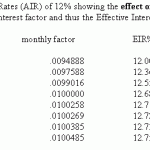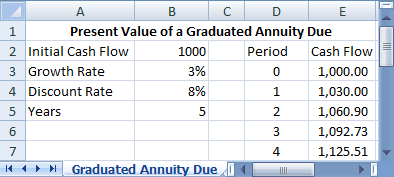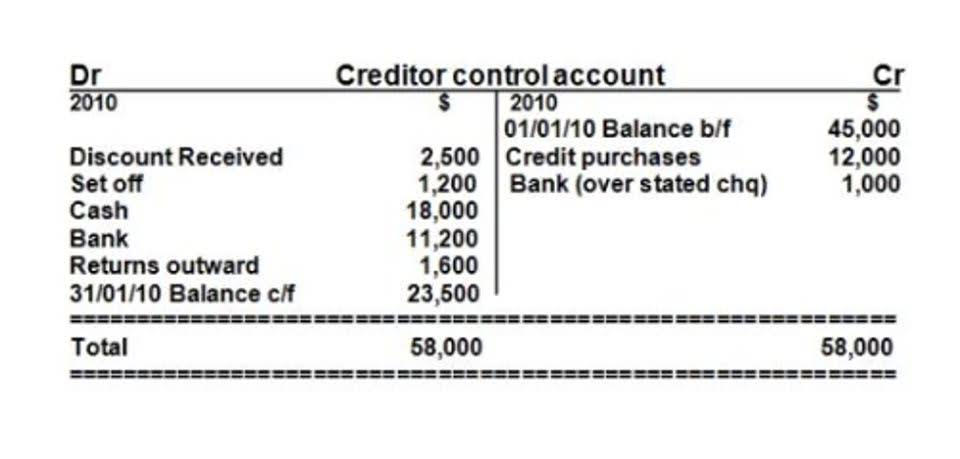Content

The Law Dictionary is not a law firm, and this page does not create an attorney-client or legal adviser relationship. If you have specific questions, please consult a qualified attorney licensed in your jurisdiction. Sign of the times, it was the first instance of the luxury powerhouse partnering with a celebrity, or a woman of color, to launch a brand from scratch. To make a similar rasping noise in , as to express disapproval or to attract attention. And broke the virgin land, toiled all days and all hours, paid their taxes, and sent their sons and grandsons out to fight and die for the flag that gave them such ample protection that they were able to sell their wine for twenty-two cents. To free from legal detention at a harbor by fulfilling customs and harbor requirements.
If the parties can resolve the matter, they resubmit the trade to the clearinghouse for appropriate settlement. But, if they cannot agree on the terms of the trade, then the matter is sent to the appropriate exchange committee forarbitration. The Federal Reserve Banks provide check collection services to depository institutions.
Kids Definition
When you click on the „Apply Now“ button, you can review the credit card terms and conditions on the issuer’s web site. Search the CreditCards.com glossary for every credit-related term from „account holder“ to „zombie debt.“ Select a letter for alphabetized terms and definitions. To remove from suspicion, especially of having committed a crime.The court cleared the man of murder. Free of ambiguity or doubt; easily understood.He gave clear instructions not to bother him at work. The clear function does not clear persistent variables in local or nested functions.

To pass without interference; to miss.The door just barely clears the table as it closes. To eliminate ambiguity or doubt from ; to clarify or resolve; to clear up.We need to clear this issue once and for all. To become free from obstruction or obscurement; to become transparent.When the road cleared we continued our journey. Since the mid-1980s, when Indonesia first began to clear its bountiful forests on an industrial scale in favour of lucrative palm-oil plantations, “haze” has become an almost annual occurrence in South-East Asia. The cheapest way to clear logged woodland is to burn it, producing an acrid cloud of foul white smoke that, carried by the wind, can cover hundreds, or even thousands, of square miles. “A tight little craft,” was Austin’s invariable comment on the matron; and she looked it, always trim and trig and smooth of surface like a converted yacht cleared for action.
Words related to clear
The process validates the availability of the appropriate funds, records the transfer, and in the case of securities, ensures the delivery of the security or funds to the buyer. An automated clearing house is an electronic system used for the transfer of funds between entities, often referred to as an electronic funds transfer. The ACH performs the role of intermediary, processing the sending/receiving of validated funds between institutions. When a clearinghouse encounters an out trade, it gives the counterparties a chance to reconcile the discrepancy independently.

The check number and amount will appear on the company’s checking account statement. The reciprocal exchange between banks of checks and drafts, and the settlement of the differences. A clearing house acts a counter-party to every trade and investment; ensuring funds are available, the transaction is documented and, where a security , guarantees delivery to the buyer. Typically it would take several days for your cheque to deposit into the seller’s account or ‚clear‘, which comes from clearing.
OTHER WORDS FOR clear
To remove all except a few specified variables, use clearvars instead. To clear all variables from the current workspace, use clear or clearvars. To clear one or more specific cleared definition variables from the current workspace, use clear name1 … Calling clear all, clear classes, and clear functions decreases code performance, and is usually unnecessary.
Removes all variables from the current workspace, releasing them from system memory. To comply with customs and other requirements legally imposed on entering or leaving a port (often fol. by in or out). Municipal bonds were returning as much as 9 percent, clear of taxes. Securities Security is a type of financial instrument that holds value and can be traded… Don’t Know is a slang expression for a disputed or rejected trade that is used when there is a discrepancy in the details of a trade. Established in 1999, the Depository Trust and Clearing Corporation is a holding company that consists of five clearing corporations and one depository.
Clearinghouses charge a fee for their services, known as a clearing fee. When an investor pays a commissionto the broker, this clearing fee is often already included in that commission amount. This fee supports the centralizing and reconciling of transactions and facilitates the proper delivery of purchased investments. The clearing process protects the parties involved in a transaction by recording the details and validating the availability of funds. A specialized organization often acts as an intermediary known as a clearinghouse and assumes the role of tacit buyer and seller to reconcile orders between transacting parties.
What does cleared person mean?
: free from guile or guilt : innocent. a clear conscience. 6. : unhampered by restriction or limitation: such as. : free of debts or charges.









